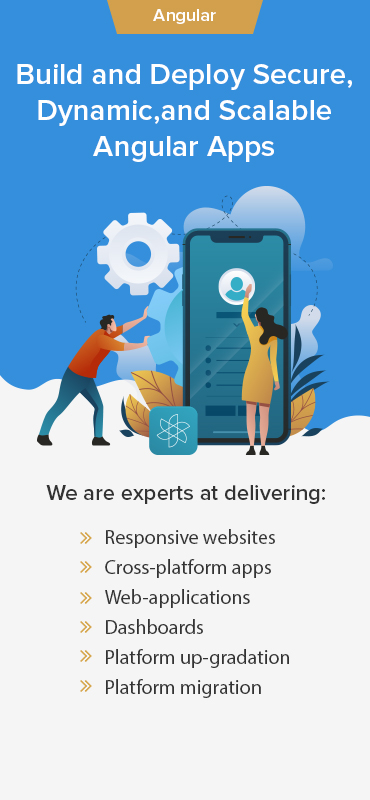A headless or decoupled CMS architecture is becoming increasingly popular in the world of development. Going headless helps you deliver exceptional user experience, flexible development environment, and enough room to create a future-proof website design, without redesigning the entire CMS.

Around 15% of all top websites are powered by WordPress, and it has 60% market share in the CMS world. Yet, the WordPress community is rapidly moving to the headless model.
Let’s learn more about how you can improve your WordPress experience by going Headless.
What is a Headless CMS?
Each CMS, whether WordPress, Magento, or Drupal, has its own methodologies and coding techniques. Learning different ways to understand different systems becomes a challenge for developers. How you create a WordPress theme is way different from how you create one in Drupal.
This is why we recommend using a Headless CMS. A headless CMS is one without the frontend, which mainly works with two elements—an API, and backend technology. The backend helps author, store, and access content. Therefore, a headless CMS ensures that content storage and delivery are managed by different systems.
Why go Headless?
Headless systems do not have web delivery layers such as templating systems. While a traditional CMS may require developers to abide by certain rules and use certain programming languages, a headless CMS provides them complete control over the content. Developers can easily integrate with the codebase they want and use the language they prefer.
Going headless allows you to:
- Ensure greater performance than conventional web pages
- Easily organize content repositories
- Enhance workflow and collaboration
- Decouple content and representation framework that ensures flexibility
- Easily develop mobile apps and serve all users the same content
- Say goodbye to CMS-specific coding techniques and methodologies
Headless CMS and Use Cases
A headless CMS is ideal for websites or web apps built in Angular, React, or Vue; or any ecosystem that has the same content published across different platforms.
A traditional CMS may have rigid methodologies posing challenges for your project. However, a headless CMS helps you accurately achieve your desired results. The headless option lets developers create better user experiences.
Note: The headless option works for large websites. A small website can be better managed with a traditional CMS, which ensures higher efficiency and faster performance.
Why React/Angular?
React and Angular are JavaScript frameworks that allow you to create websites as Single Page Applications (SPAs). SPA frameworks are increasingly growing in popularity, since these pave the way for separately managing the backend and frontend frameworks.
SPAs can easily consume data from any API provider, including WordPress. Also, with this kind of architecture, websites don’t need to make numerous HTTP requests to load each web page, which significantly improves user experience.
Why use React/Angular with WordPress REST API?
WordPress has evolved to include several new features with each new release. A lot of features may be futile for many users. Perhaps, it is primarily and better used as what it is meant for—a content authoring system.
So, why not make the traditional CMS less voluminous and make it faster and more efficient? Why not use it only for content management?
You can redefine how you develop your website with WordPress using WordPress Rest API. The API frees you of the need to use its built-in themes and plugins.
Yes, WordPress powers more than 30% of the web, but it is not the best platform to build a website’s front-end. Sometimes, only expert developers can understand its theming structure. This is why you need React/Angular for theming.
Gutenberg is also set to release with WordPress 5.0, which is built using the WordPress REST API, JavaScript, and React. WordPress has developed it to provide users with a new editing experience. Hence, making React a perfect match for WordPress.
Epilogue
WordPress, when used as a headless CMS, can help speed up your website performance. Besides, it is rigid and allows you to use the backend and frontend independent of one another. So you get a highly scalable website or app.












